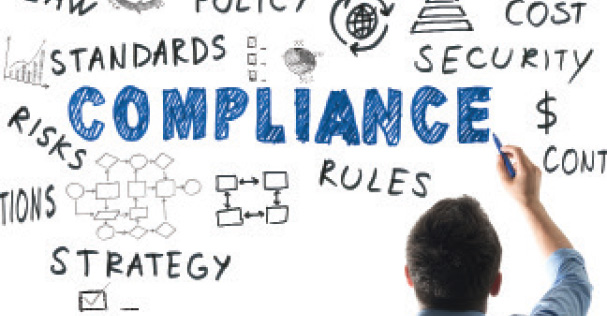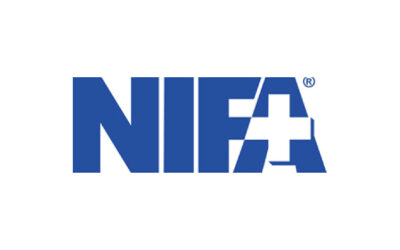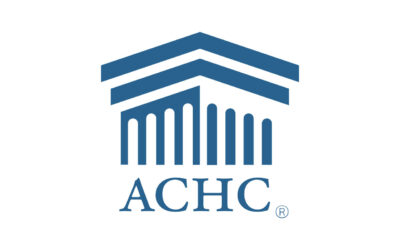When you’re being surveyed for accreditation, policies and procedures are important; and the AAAHC Standards increasingly call for quite a few to be written – although most organizations have many more written policies than we require. But at AAAHC we do require that some programs (quality management and improvement and safety programs, for example) be written and designate who shall be responsible for administering them. Other Standards, such as Risk Management, Clinical Records and Infection Control and Prevention, require that an individual be designated as the person in charge of these programs.
While we look for these and many others during our accreditation survey, we also look to see how familiar your staff is with your policies and how you implement them. The latter is a big concern. Let’s concentrate on one area that impacts all ASCs.
I can’t think of an ASC that does not have very thorough policies for site marking prior to administration of medications to an eye, for instance, or for marking the site of a block. Every ASC should have policies for the surgeon or the proceduralist marking the operative site. To assure that this is done, and everything else is ready for the planned procedure including the correct patient, correct site and necessary instruments and staff, a timeout involving the entire operating and anesthesia team must be done and documented before starting the procedure.
Does this reflect what you are doing? Everyone, I’m sure, will answer yes. But if that’s the case, why do we still get notifications of wrong side or site blocks, wrong side application of eye drops, wrong tooth extracted, and even wrong site surgery being started or even completed? How are you implementing your policies? How are you educating your staff and physicians about their role in assuring that policies are being carried out as written and intended to be used?
Do you have checklists? Are you completing them item by item, not just as a blast completion so that when records are reviewed it will be complete? Are you doing your timeout requiring each member of the team to respond out loud to each question? Who is responsible for documenting each item of the checklist? Are they signing, with date and time, that they have done this?
Standard 10.1.V in the AAAHC Accreditation Handbook is clear on who is responsible for the timeout. It states that “the provider performing the procedure is personally responsible for ensuring that all aspects of this verification have been satisfactorily completed immediately prior to beginning the procedure.”
The excuses we often hear: “the surgeon is out talking to the family of the previous patient,” or “the surgeon is getting the next patient ready in pre-op,” don’t meet the requirements of this AAAHC Standard. The emotional and physical trauma to the patient and their families, and the frequent bad publicity and medico-legal action that follows when one of these events occurs, far outweighs the few minutes’ delay to do the time-out correctly.
Policies, procedures, protocols, adopted guidelines, etc., all exist for a purpose; and circumventing them in any way often leads to unfortunate circumstances. Standardize the way your staff implements your policies. Review what everyone is doing and select the best practice as the policy that all your staff is taught and required to follow. “Well, we’ve always done it that way” is no longer acceptable.
Using the terminology of one of our competitors, these should be “never events.” It is up to you, your staff, your providers, and your governing bodies to assure that they are “never events.” I don’t want to read about you in a national newspaper, or in OR Today, unless the articles are about some exciting innovation you’ve developed, or an award you’ve won, or it is recognizing something especially noteworthy that you have done to benefit your patients.
About the Author
Dr. Jack Egnatinsky is an anesthesiologist with extensive experience in the ambulatory surgery arena, both HOPD and ASC. He is a Past-President of the Board of FASA, a predecessor to the ASC Association, and Past-President of AAAHC. He Is also on the board of the Accreditation Association for Hospital and Health Systems (AAHHS) and is a representative of Acreditas Global. He remains extremely active as a Medical Director for AAAHC, in addition to being a well-travelled AAAHC accreditation surveyor, both in the USA and internationally.








